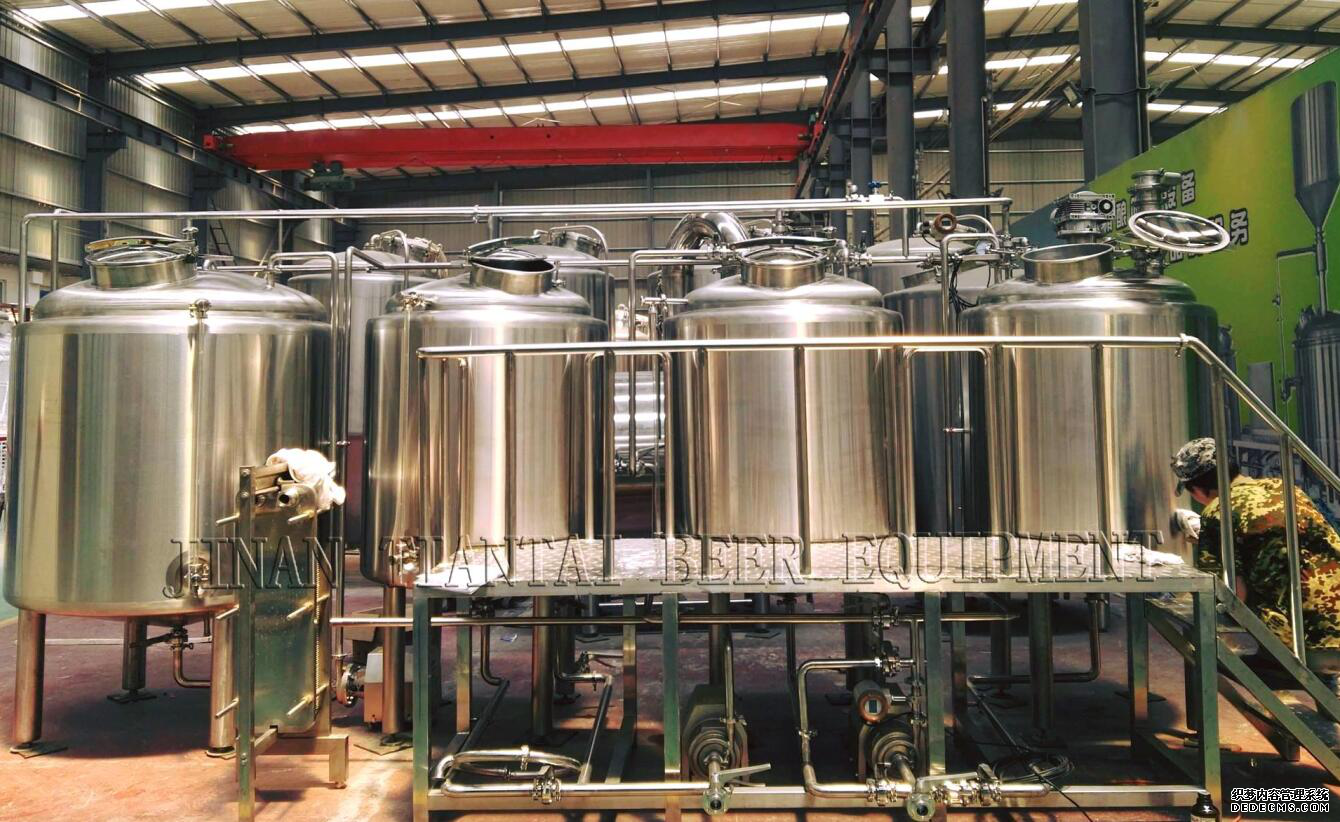Decoding Common 5 Beer Acronyms—ABV, ABW,IBU, SRM, OG/FG
You know there’s a lot of abbreviations that go into science, and the science of brewing beer is no exception. In fact, if you’ve ever read a craft beer label or review, there’s a good chance you’ve seen a bunch of these abbreviations—ABV, SRM, IBU, and more. “These numbers can be meaningless gibberish until you calibrate yourself to what they mean,” says Randy Mosher, author of Tasting Beer.
Here’s what those frequently seen acronyms stand for, and how decoding them can help you be a happier beer drinker.
1. ABV – Alcohol By Volume
Unlike hard liquor, beers aren’t measured by proof, but most commonly by ABV— alcohol by volume. Fans of highly alcoholic beers are well aware of what ABV means—or at least that a beer with an ABV above 10% has the potential to leave you with a buzz before the first pint’s finished.Actually, ABV simply lets you know what percentage of your beer is alcohol. Brewers take samples of beer as it ferments to see how much sugar the yeast is converting into alcohol, and tweak the batch to get to the final level of booziness they’re looking for.
Determined with an instrument called a hydrometer, ABV is an indicator of how strong a beer is. But more specifically, it’s the portion of the entire volume of liquid that’s actually alcohol.

2. ABW – Alcohol by Weight
If you always check the ABV, you may have come across something that says “ABW.” Be careful when you see this, it means “Alcohol by Weight”. they are variables in their calculation, and so the alcoholic content of the same beer is communicated with two different numbers.To convert ABW into ABV, just multiply the ABW by 1.25.Quick example: ABW of 10% would equal ABV of 12.5% (10% x 1.25)

3. IBU – International Bitterness Units
Any hopheads reading this? Just like it sounds, IBU is a measurement of a beer’s bitterness, which comes from the hops used during the brewing process. It’s measured through the use of a spectrophotometer and solvent extraction. International Bitterness Units measure hop bitterness on a scale from 0 to 100.But seeing a beer’s IBU can help you put its flavor in context. Whether you are a hophead or a hop hater, take note of the IBU of beers you like and hate to give you a sense of the range you prefer.
Who’s the leader? With a whopping 2,500 IBUs , Canada’s Flying Monkeys Alpha Fornication is the bitterest beer.
4. SRM – Standard Reference Method
Possibly the most confusing designation, SRM refers to a system used to specify beer color intensity. It measures the color of the beer in your glass—the higher the number, the darker the beer. That’s right, there’s a beautiful rainbow of beer colors that each have a numerical value, from Pilsner (2, very light) through Imperial Stout (40+, very dark).But color does not necessarily equal flavor. “SRM is a really useful number from a brewer’s point of view because we need fine control over those kind of things,” Mosher says, but for the average beer drinker, it’s not as essential.5. OG/FG- Original Gravity/Final Gravity
When it comes to beer or other alcoholic beverages, gravity (referred to by brewers as specific gravity) has to do with the relative density of the wort at various stages of the fermentation process.OG refers to the specific gravity of the unfermented wort.
FG—on the other hand—refers to the specific gravity of the fermented beer.
In between OG and FG, some of the sugar in the wort is fermented into alcohol, while the remainder becomes part of the beer’s body (its taste).
That is all.
Thanks for reading.
Edited by Amy
[email protected]



.jpg)


Get In Touch